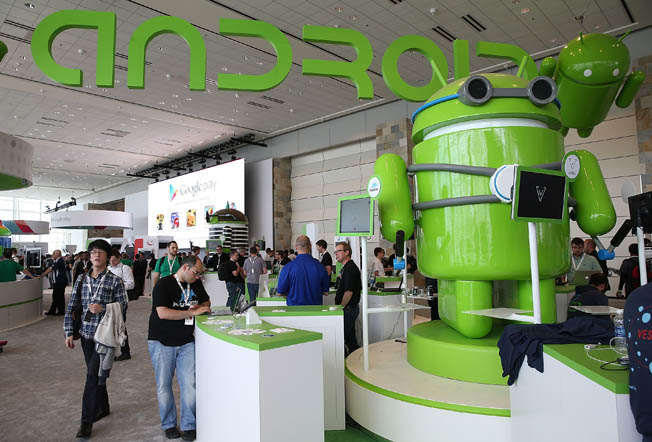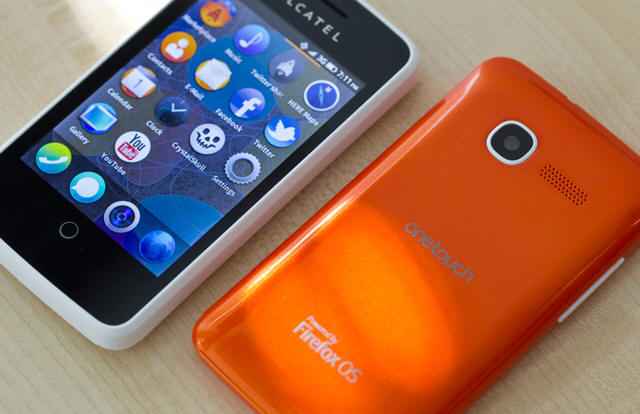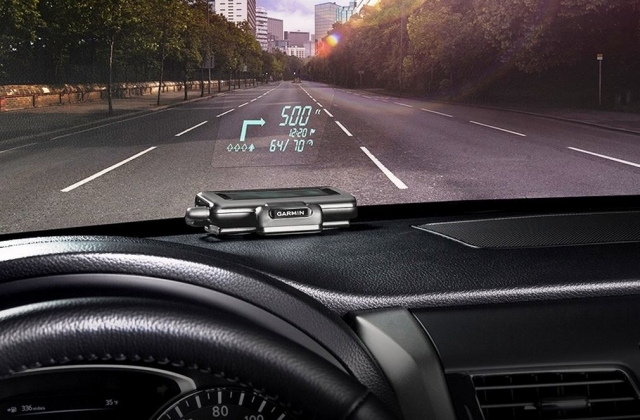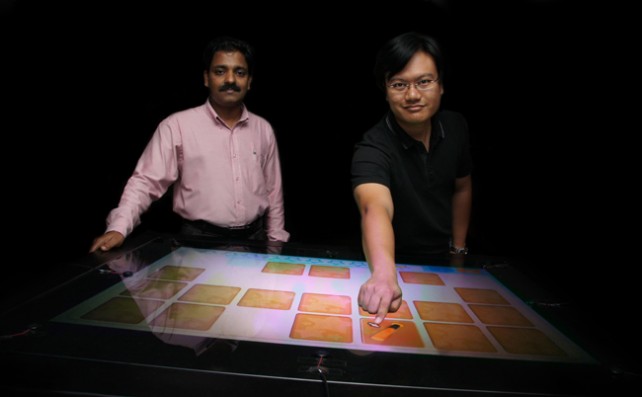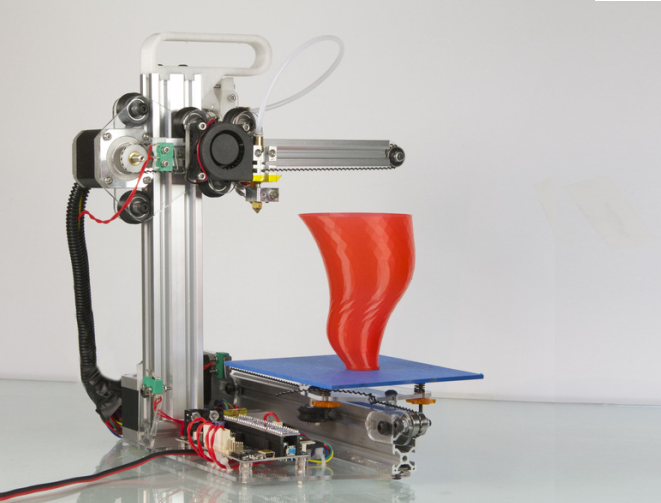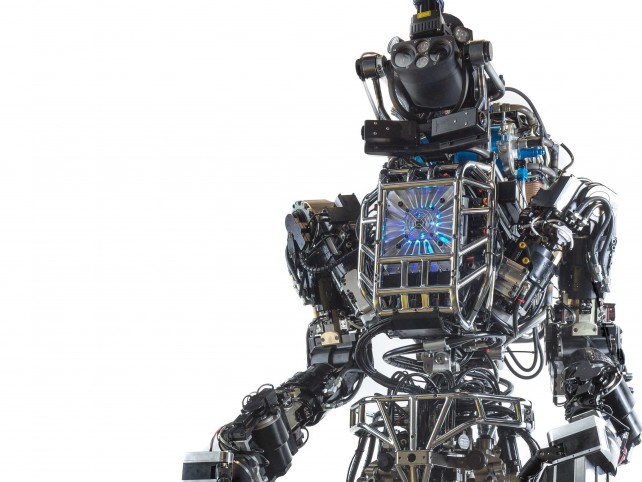The press render images for the highly anticipated handset from Motorola are featured above after leaking online, tech site TheUnlockr reports.
as well as rumoured specs of a 720p 4.5-inch display, 1.7GHz dual-core Snapdragon S4 processor, 2 GB of RAM and 16GB of internal storage.
According to pocket-lint, Evan Blass - the man behind @evleaks has stated the Moto X is, "Designed not as an early adopter's phone, but instead as an everyman phone, the X is the new Motorola's first attempt to push some serious volume under the new-ish owner Google."
Motorola have sent out press invites this week for a private event in New York on August 1st.
The event for the Moto X, expressed as being "No sSage. No Crowds," will be held in five separate sessions and the news given at the sessions will be released from embargo at 3PM.



.jpg)


.jpg)
